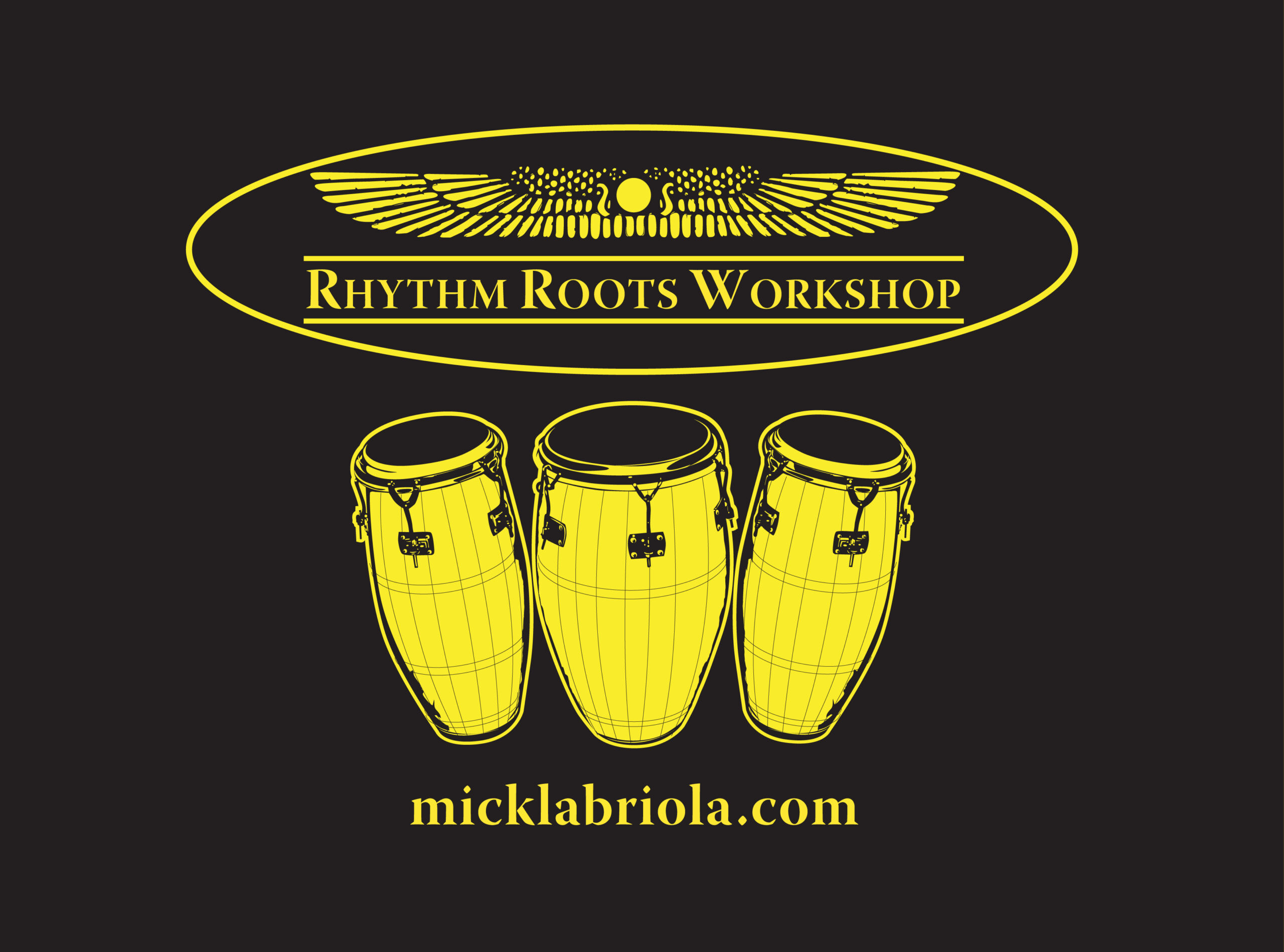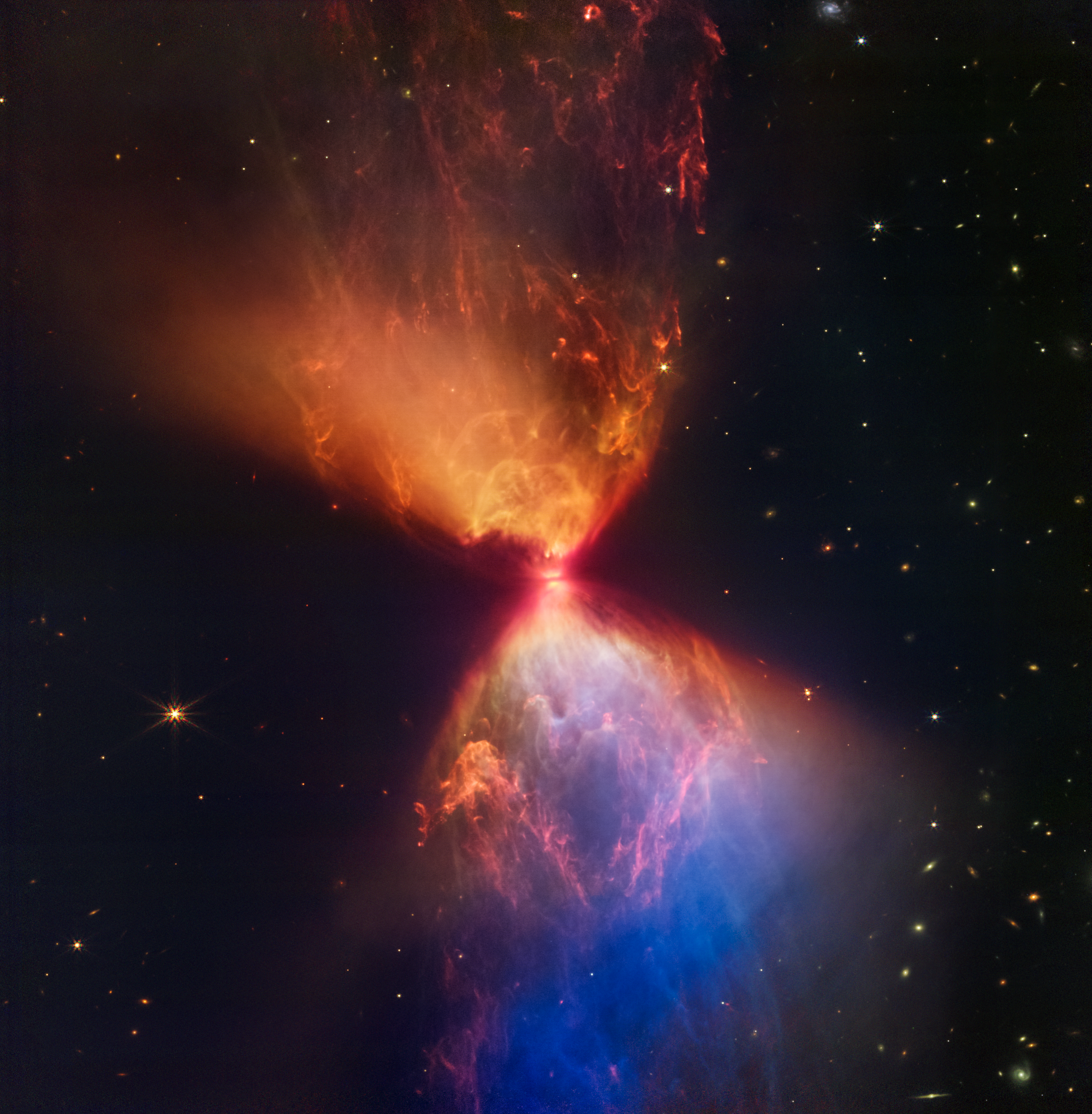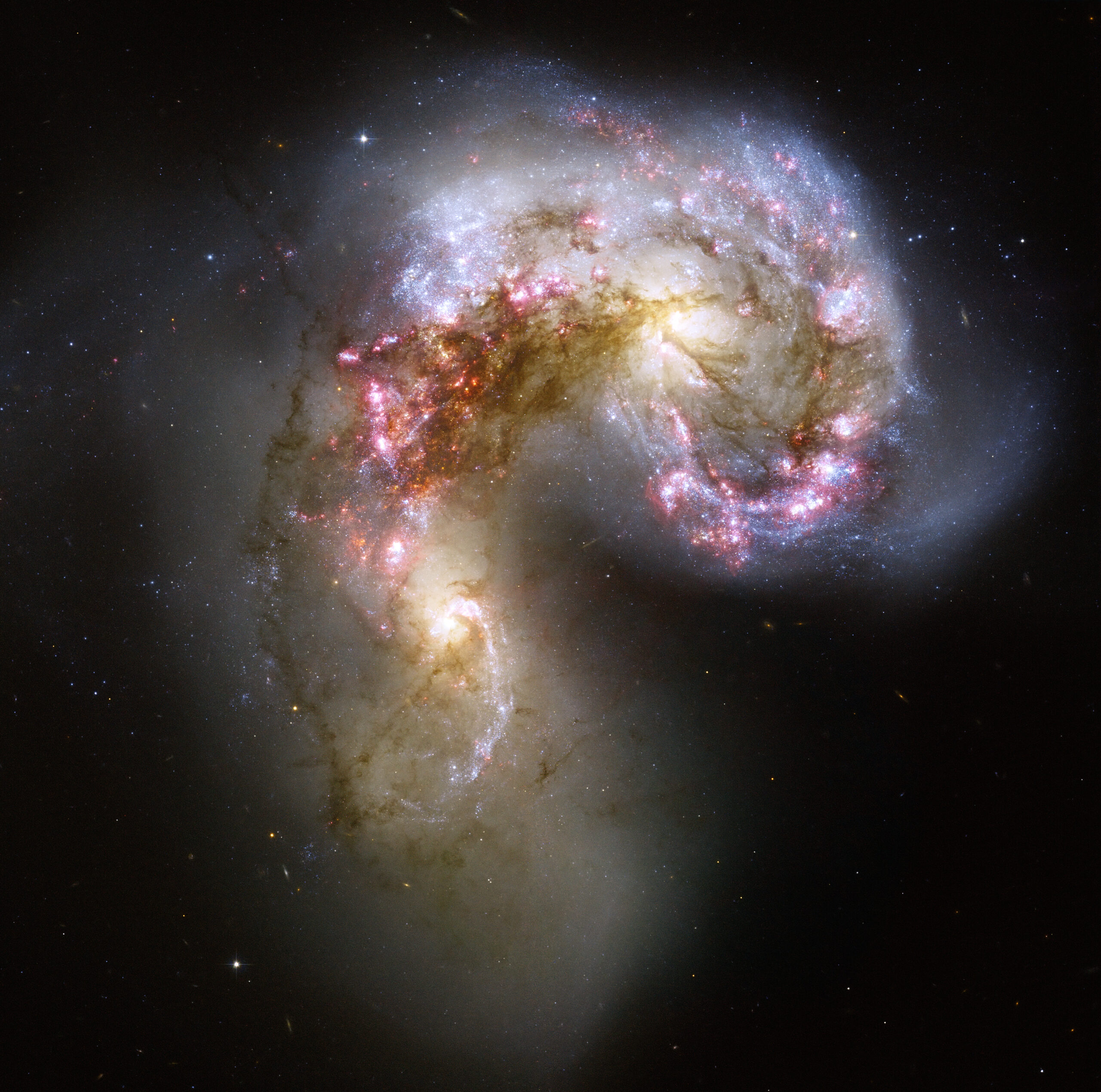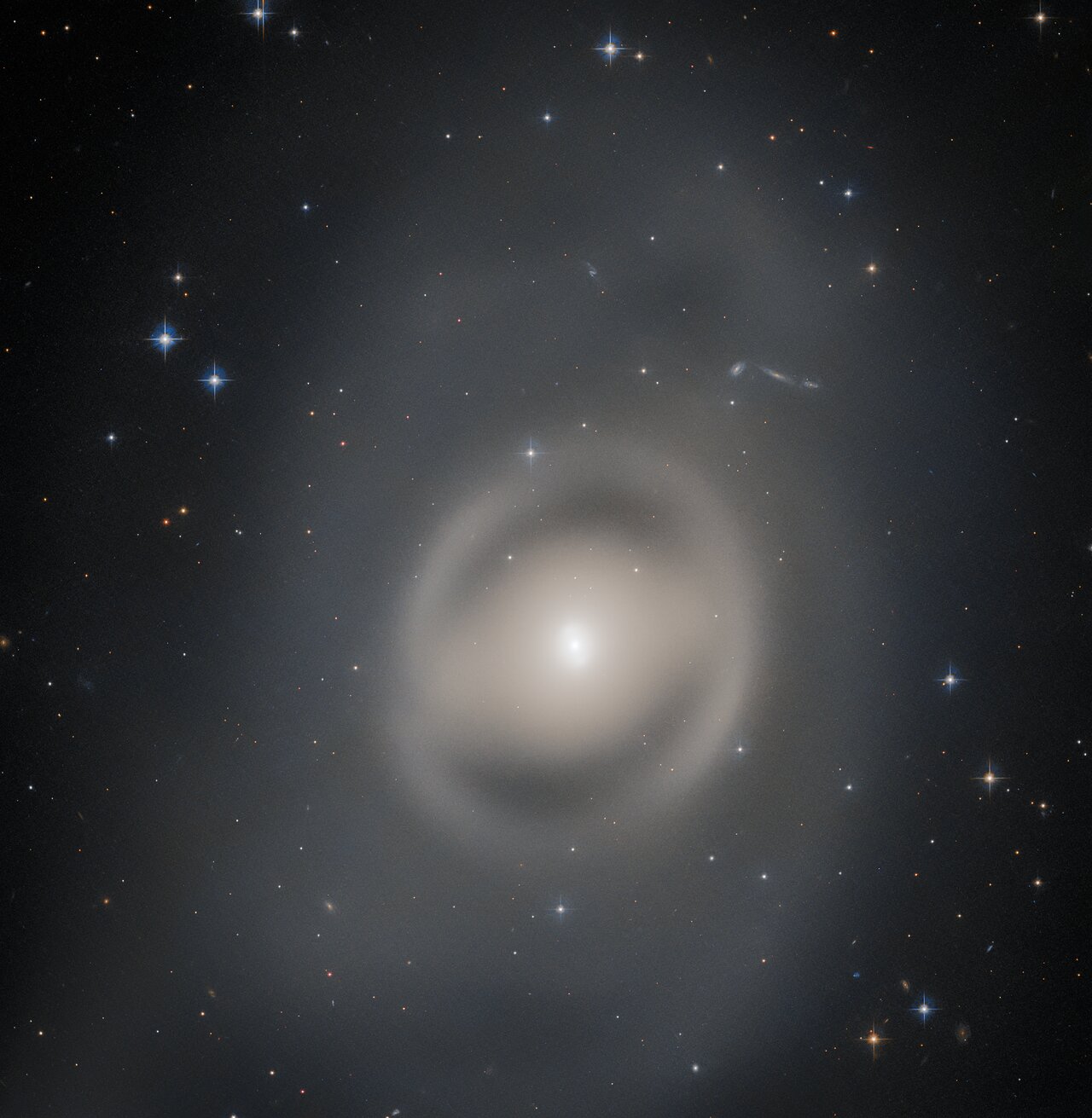Blog
Robbie Robertson, Master Storyteller Who Led the Band, Dead at 80
ROBBIE ROBERTSON, THE Band’s guitarist and primary songwriter who penned “The Weight,” “The Night They Drove Old Dixie Down,” “Up on Cripple Creek,” and many other beloved classics, died Wednesday at age 80.
Robertson’s management company confirmed the musician’s death. “Robbie was surrounded by his family at the time of his death, including his wife, Janet, his ex-wife, Dominique, her partner Nicholas, and his children Alexandra, Sebastian, Delphine, and Delphine’s partner Kenny,” his longtime manager Jared Levine said in a statement. “In lieu of flowers, the family has asked that donations be made to the Six Nations of the Grand River to support the building of their new cultural center.”
The Band only lasted eight years after the release of their 1968 debut LP, Music From Big Pink, but during that time they forever changed the pop-culture landscape by releasing brilliant Americana music at the peak of the psychedelic movement. Their first album sent shockwaves through the industry, inspiring Eric Clapton to break up Cream, the Beatles to attempt their own stripped-back project with Let It Be, and a pair of young British songwriters named Elton John and Bernie Taupin to begin writing and recording their own material.
Rhythm Roots Workshop working three Wednesdays at Memory Café at Jewish Family and Children’s Service (https://jfcsmpls.org) August 9th, 23rd and Sept 6th 2023 13-3pm working with dementia patients and their individual care givers. Exploring accessible World Rhythms.

According to NASA, this gorgeous photo shows the birth of a star, more specifically, a protostar called L1527. This protostar is approximately 100,000 years old, which sounds ancient in our world, but it’s actually nothing in terms of time in space.
But what’s actually happening here? The blue and orange clouds were captured through the telescope’s infrared capabilities and show material that’s shooting away from the protostar and colliding with the surrounding matter.
The colors we see result from the dust between the protostar and the telescope. The blue hues represent where the dust is the thinnest and the reds and oranges show where there is a thicker layer of dust.
“The surrounding molecular cloud is made up of dense dust and gas being drawn to the center, where the protostar resides,” NASA explains. “As the material falls in, it spirals around the center. This creates a dense disk of material, known as an accretion disk, which feeds material to the protostar.”
The more mass the protostar collects, the higher its temperature raises, eventually resulting in nuclear fusion — the final stage that will turn the protostar into a star.

more...
Jack DeJohnette (born August 9, 1942) is an American jazz drummer, pianist, and composer.
Known for his extensive work as leader and sideman for musicians including Charles Lloyd, Freddie Hubbard, Keith Jarrett, Bill Evans, John Abercrombie, Alice Coltrane, Sonny Rollins, Miles Davis, Joe Henderson, Michael Brecker, Pat Metheny, Herbie Hancock and John Scofield, DeJohnette was inducted into the Modern Drummer Hall of Fame in 2007. He has won two Grammy Awards and been nominated for five others.
DeJohnette was born in Chicago, Illinois, to Jack DeJohnette (1911–2011) and Eva Jeanette DeJohnette (née Wood, 1918–1984). Although of predominantly African-American heritage, he has stated that he has some Native American ancestry, specifically Seminole and Crow. He began his musical career as a pianist, studying from age four with Antoinette Rich, the leader of an all-female symphony orchestra in Chicago, and first playing professionally at the age of 14. He later switched focus to the drums. When Jack was 13, he switched to drums and was taught drumming techniques from a local jazz drummer, Bobby Miller Jr, who lived in the same neighborhood. DeJohnette credits his uncle, Roy Wood, Sr. (1915–1995), a Chicago disc jockey and vice president/co-founder of the National Black Network of Black Broadcasters, as his inspiration to play music
more...Edward Rudolph “Butch” Warren Jr. (August 9, 1939 – October 5, 2013) was an American jazz bassist who was active during the 1950s and 1960s.
Warren’s mother was a typist at the CIA. His father, Edward Sr., was an electronics technician who played piano and organ part-time in clubs in Washington, D.C; his uncle, Quentin — actually the same age as Butch — played guitar. The Warren home was often visited by jazz musicians Billy Hart, Jimmy Smith, and Stuff Smith. The first time Butch Warren played bass was at home on an instrument left by Billy Taylor, who had played bass for Duke Ellington. Warren has cited Jimmy Blanton, the innovative and virtuoso bassist with Ellington from 1939 to 1941, as his biggest inspiration.
Warren began playing professionally at age 14 in a Washington, D.C. band led by his father. He later worked with other local groups, including that of Stuff Smith, as well as with altoist and bandleader Rick Hendersonat the Howard Theatre.
more...the Antennae galaxies is the sharpest yet of this merging pair of galaxies. During the course of the collision, billions of stars will be formed. The brightest and most compact of these star birth regions are called super star clusters.
The two spiral galaxies started to interact a few hundred million years ago, making the Antennae galaxies one of the nearest and youngest examples of a pair of colliding galaxies. Nearly half of the faint objects in the Antennae image are young clusters containing tens of thousands of stars. The orange blobs to the left and right of image center are the two cores of the original galaxies and consist mainly of old stars criss-crossed by filaments of dust, which appears brown in the image. The two galaxies are dotted with brilliant blue star-forming regions surrounded by glowing hydrogen gas, appearing in the image in pink.
The new image allows astronomers to better distinguish between the stars and super star clusters created in the collision of two spiral galaxies. By age dating the clusters in the image, astronomers find that only about 10 percent of the newly formed super star clusters in the Antennae will survive beyond the first 10 million years. The vast majority of the super star clusters formed during this interaction will disperse, with the individual stars becoming part of the smooth background of the galaxy. It is however believed that about a hundred of the most massive clusters will survive to form regular globular clusters, similar to the globular clusters found in our own Milky Way galaxy.
The Antennae galaxies take their name from the long antenna-like “arms” extending far out from the nuclei of the two galaxies, best seen by ground-based telescopes. These “tidal tails” were formed during the initial encounter of the galaxies some 200 to 300 million years ago. They give us a preview of what may happen when our Milky Way galaxy will collide with the neighboring Andromeda galaxy in several billion years.

more...
John Renbourn (8 August 1944 – 26 March 2015) was an English guitarist and songwriter. He was best known for his collaboration with guitarist Bert Jansch as well as his work with the folk group Pentangle, although he maintained a solo career before, during and after that band’s existence (1967–1973). He worked later in a duo with Stefan Grossman.
While most commonly labelled a folk musician, Renbourn’s musical tastes and interests took in early music, classical music, jazz, blues and world music. His most influential album, Sir John Alot (1968), featured his take on tunes from the medieval period.
more...Bennett Lester Carter (August 8, 1907 – July 12, 2003) was an American jazz saxophonist, clarinetist, trumpeter, composer, arranger, and bandleader. With Johnny Hodges, he was a pioneer on the alto saxophone. From the beginning of his career in the 1920s, he worked as an arranger including written charts for Fletcher Henderson‘s big band that shaped the swing style. He had an unusually long career that lasted into the 1990s. During the 1980s and 1990s, he was nominated for eight Grammy Awards, which included receiving a Lifetime Achievement Award.
Carter was born in New York City in 1907. He was given piano lessons by his mother and others in the neighborhood. He played trumpet and experimented briefly with C-melody saxophone before settling on alto saxophone. In the 1920s, he performed with June Clark, Billy Paige, and Earl Hines, then toured as a member of the Wilberforce Collegians led by Horace Henderson. He appeared on record for the first time in 1927 as a member of the Paradise Ten led by Charlie Johnson. He returned to the Collegians and became their bandleader through 1929, including a performance at the Savoy Ballroom in New York City.
more...The lenticular galaxy NGC 6684 bathes this image from the NASA/ESA Hubble Space Telescope in a pale light. Captured with Hubble’s Advanced Camera for Surveys, this lenticular galaxy is around 44 million light-years from Earth in the constellation Pavo. Pavo — whose name is Latin for peacock — is a constellation in the southern sky and one of four constellations collectively known as the Southern Birds. Lenticular galaxies like NGC 6684 (lenticular means lens-shaped) possess a large disc but lack the prominent spiral arms of galaxies like the Andromeda Galaxy. This leaves them somewhere between elliptical galaxies and spiral galaxies, and lends these galaxies a diffuse, ghostly experience. NGC 6684 also lacks the dark dust lanes that thread through other galaxies, adding to its spectral, insubstantial appearance. The data in this image were captured during a census of the nearby Universe entitled Every Known Nearby Galaxy which aims to observe all galaxies within 10 megaparsecs (32.6 million light-years) that the telescope has not already visited. Before this programme began Hubble had observed roughly 75% of these nearby galaxies, and completing this census will reveal insights into the stars making up a wide variety of galaxies, in a wide variety of environments. [Image Description: A galaxy, large and occupying most of the view from the centre. The whole galaxy is made of smooth, diffuse light. The galaxy is surrounded by a smoky grey halo. Many stars shine around the galaxy, on a black background.]

Rahsaan Roland Kirk (born Ronald Theodore Kirk; August 7, 1935 – December 5, 1977), known earlier in his career simply as Roland Kirk, was an American jazz multi-instrumentalist who played tenor saxophone, flute, and many other instruments. He was renowned for his onstage vitality, during which virtuoso improvisation was accompanied by comic banter, political ranting, and the ability to play several instruments simultaneously.
Ronald Theodore Kirk was born in Columbus, Ohio, where he lived in a neighborhood known as Flytown. He became blind at two years old, which he said was a result of improper medical treatment. As a teenager, Kirk studied at the Ohio State School for the Blind. By age fifteen he was on the road playing rhythm and blues on weekends with Boyd Moore’s band. According to saxophonist Hank Crawford, “He would be like this 14-year-old blind kid playing two horns at once. They would bring him out and he would tear the joint up.” Crawford heard him during this period and said he was unbelievable. He remarked, “Now they had him doing all kinds of goofy stuff but he was playing the two horns and he was playing the shit out of them. He was an original from the beginning.” Kirk felt compelled by a dream to transpose two letters in his first name to make ‘”Roland”. In 1970, Kirk added “Rahsaan” to his name after hearing it in a dream.
more...George Abel Van Eps (August 7, 1913 – November 29, 1998) was an American swing and mainstream jazz guitarist.
George Van Eps was born in Plainfield, New Jersey, United States, into a family of musicians. His three brothers – Fred Abel Van Eps, Jr. (1907–1980), Robert B. Van Eps (1909–1986), and John A. Van Eps (1912–1945) – were musicians. His mother, Louise Abel, was a classical pianist and his father, Fred Van Eps, was a ragtime banjoist and sound engineer. George Van Eps began playing banjo when he was eleven years old. After hearing Eddie Lang on the radio, he put down the banjo and devoted himself to guitar. By the age of thirteen, in 1926, he was performing on the radio. Through the middle of the 1930s, he played with Harry Reser, Smith Ballew, Freddy Martin, Benny Goodman, and Ray Noble.
Van Eps moved to California and spent most of his remaining career as a studio musician, playing on many commercials and movie soundtracks.
more...Charles Luckyth Roberts (August 7, 1887 – February 5, 1968), better known as Luckey Roberts, was an American composer and stride pianist who worked in the jazz, ragtime, and blues styles.
Luckey Roberts was born in Philadelphia, Pennsylvania, United States, and was playing piano and acting professionally with traveling Negro minstrel shows in his childhood. He settled in New York City about 1910 and became one of the leading pianists in Harlem, and started publishing some of his original rags.
Roberts toured France and the UK with James Reese Europe during World War I, then returned to New York where he wrote music for various shows and recorded piano rolls.
more...More Posts
- Jackie McLean Day
- Dewey Redman Day
- World Music with Mokoomba
- Daily Roots with the Minstrels
- The Cosmos with NGC 3603
- Fred Frith Day
- Billy Cobham Day
- Betty Carter Day
- World Music with Vera Bílá
- Daily Roots with the Renegades
- The Cosmos with ESO 593-IG 008
- Brian Eno Day
- Ellis Larkins Day
- L.C. Robinson Day
- World Music with Gothart
- Daily Roots with Johnny & The Attractions
- The Cosmos with W22
- Jack Bruce Day
- Stu Williamson Day
- Sidney Bechet Day